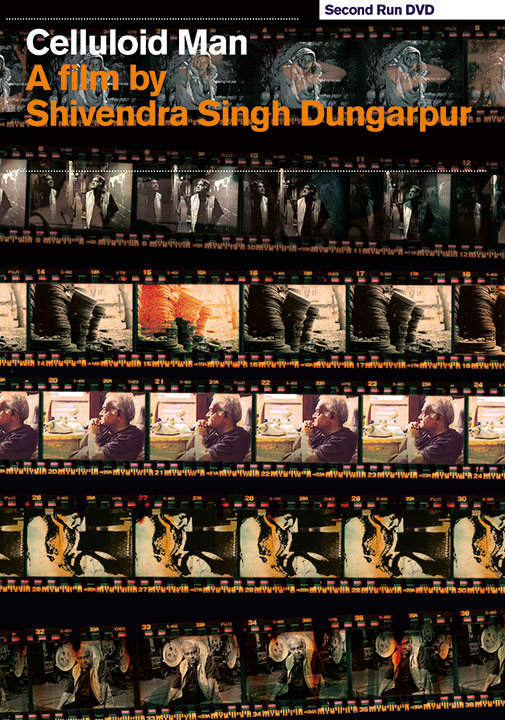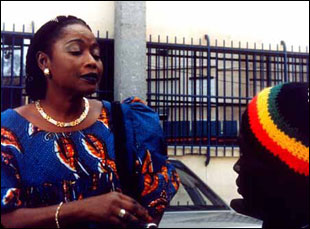“A movie pours into us. It fills us like milk being poured into a glass.” — John Updike

| |
I must confess that the prospect of viewing a recent two-and-a-half-hour documentary (a recent DVD release of Second Run in the U.K.) about P. K. Nair, the fanatically devoted archivist who helped to found India’s National Film Archive in 1964, didn’t fill me with eager anticipation; the whole thing sounded somewhat esoteric and remote. But in fact, Shivendra Singh Dungarpur’s compulsively watchable and consistently entertaining Celluloid Man (2012) kept me enraptured throughout, not least for its evocations of cinema as a whole and not merely Indian cinema. Early on, when we see Nair addressing us in front of a screen showing Citizen Kane with French subtitles, followed a little later by the opening strains of the film’s soundtrack, it becomes obvious that the critical issues and passions informing Nair’s life are very close to those of his principal mentor, Henri Langlois. And even though the film has a lot to say and show us about the history of Indian cinema, personal and anecdotal (e.g., Ritwik Ghatak’s drinking habits and viewing tastes, Nair’s own history) as well as industrial, it’s the cinema as a whole and why it matters that provides its ultimate framework. |
Read more
From Film Comment (January-February 2001). –- J.R.

I blush to admit that I’ve still seen only half the eight features to date of Ousmane Sembene, made over a 33-year period as a supplement to his dozen or so volumes of fiction. Yet considering how difficult it generally is to track his remarkable and varied work on film or video that comes ridiculously close to qualifying me as an expert. (The fact that it typically takes a couple of years for a new Sembene film to reach these shores is commonly perceived as an African as opposed to American form of inertia, but I would think the responsibility for this state of affairs might be shared.)
The first and in many ways still the greatest of all African filmmakers — give or take a masterpiece or two each by Yousef Chahine, Souleymane Cissé, and Djibril Diop Mambety, among others — Sembene, born into the Senegal working class in 1923, started out as a gifted novelist who turned to filmmaking at the age of 40 chiefly in order to address more Africans. Yet because he’s a storyteller who regards film more as an extension of his prose than as an abstract calling, one of the clearest pleasures to be derived from his work is his propensity for reinventing the cinema – his own and everyone else’s — every time he embarks on a new feature. Read more
From the Jewish Daily Forward (November 9, 2012, for their November 16 issue). — J.R.

My suspicion that Steven Spielberg can’t really do historical films isn’t anything new, although the fact that he keeps trying shows at least how ambitious he can be. Conversely, the fact that he keeps failing, at least in my opinion, may point to a wider incapacity on the part of his audience, meaning you and me — a failure to grasp and sustain Abraham Lincoln as a myth the way that John Ford and his audience could when Ford made “Young Mr. Lincoln” with Henry Fonda in 1939.
Some of this, of course, can be accounted for by the radical changes in mainstream film-going over 73 years: an audience that has been subdivided by targeting strategies and ancillary markets, reduced mainly to kids, artificially inflated by advertising budgets and split among homes, computers and theaters on screens of different sizes, shapes and textures. But it’s also a sign that in “Lincoln,” we’re much further away from our historical roots than American moviegoers were in 1939, even when a master storyteller and myth-spinner is in charge.
Leaving aside “The Adventures of Tintin” and “War Horse” (neither of which I’ve seen), the diverse cavorting of Indiana Jones and the cartoon extravagance of “1941,” I think my troubles with Spielberg as a historian started with his ignorance about Jim Crow prohibitions in the Deep South involving the front seat of a car in “The Color Purple” (1985). Read more



